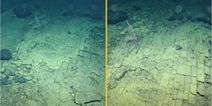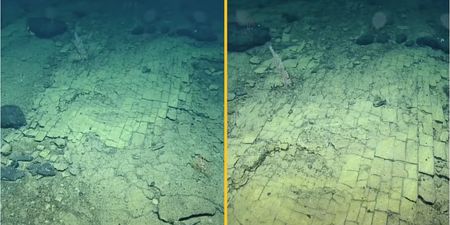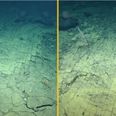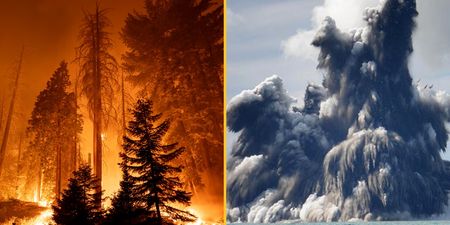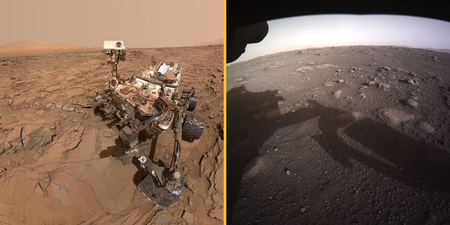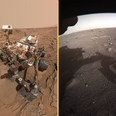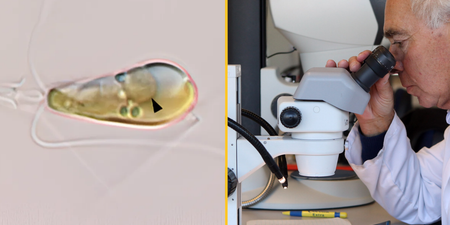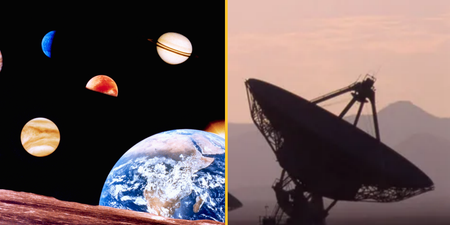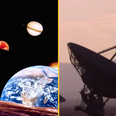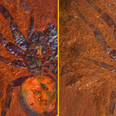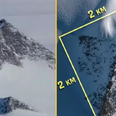There could be three times as much water below the Earth’s crust as there is in the oceans
With the incredible advances in science that have taken place in recent decades, major discoveries seem to be a semi-regular occurrence.
Whether it’s Earth-like planets dozens of lightyears away, ancient forests under China, or the fact the moon is slowly moving away from us, big discoveries are taking place all the time.
Another to add to this list is that there is a massive ocean under the Earth’s crust.
Some 400 miles beneath our feet, there is a huge supply of water stored in rock known as ‘ringwoodite.’
If this wasn’t science-fiction enough for you, this rock is apparently neither liquid, solid or gas and in fact exists in a fourth sponge-like state, Indy 100 reports.
The scientific paper titled ‘Dehydration melting at the top of the lower mantle’ was published in 2014 and detailed the findings.
“The ringwoodite is like a sponge, soaking up water, there is something very special about the crystal structure of ringwoodite that allows it to attract hydrogen and trap water,” said geophysicist Steve Jacobsen at the time.
“This mineral can contain a lot of water under conditions of the deep mantle,” added Jacobsen, who was part of the team behind the discovery.
The watery rock was discovered by scientists from Northwestern University in Illinois by scientists who were studying earthquakes using seismometers. When they kept on picking up shockwaves below the surface of the Earth, they decided to investigate, and eventually established water being stored in the ringwoodite.
If just one percent of the ringwoodite contained water, this would already mean that there is three times more water below the Earth’s crust than there is in the oceans on the surface.
This could help scientists establish just how oceans formed on the Earth’s surface, and could provide crucial evidence to the theory that the Earth’s water “came from within” rather than from asteroids that landed on the planet.
Jacobsen added: “I think we are finally seeing evidence for a whole-Earth water cycle, which may help explain the vast amount of liquid water on the surface of our habitable planet. Scientists have been looking for this missing deep water for decades.
“Scientists have been looking for this missing deep water for decades.”
The findings only established that the ringwoodite was located beneath the USA, with research now underway to work out whether this spongey rock wraps itself across the globe.
Related links:
NASA reveals first analysis of world-ending asteroid that could crash into Earth
First extinction alert issued in 70 years to help rarest marine mammal on earth
Map of Earth’s missing continent has been published


